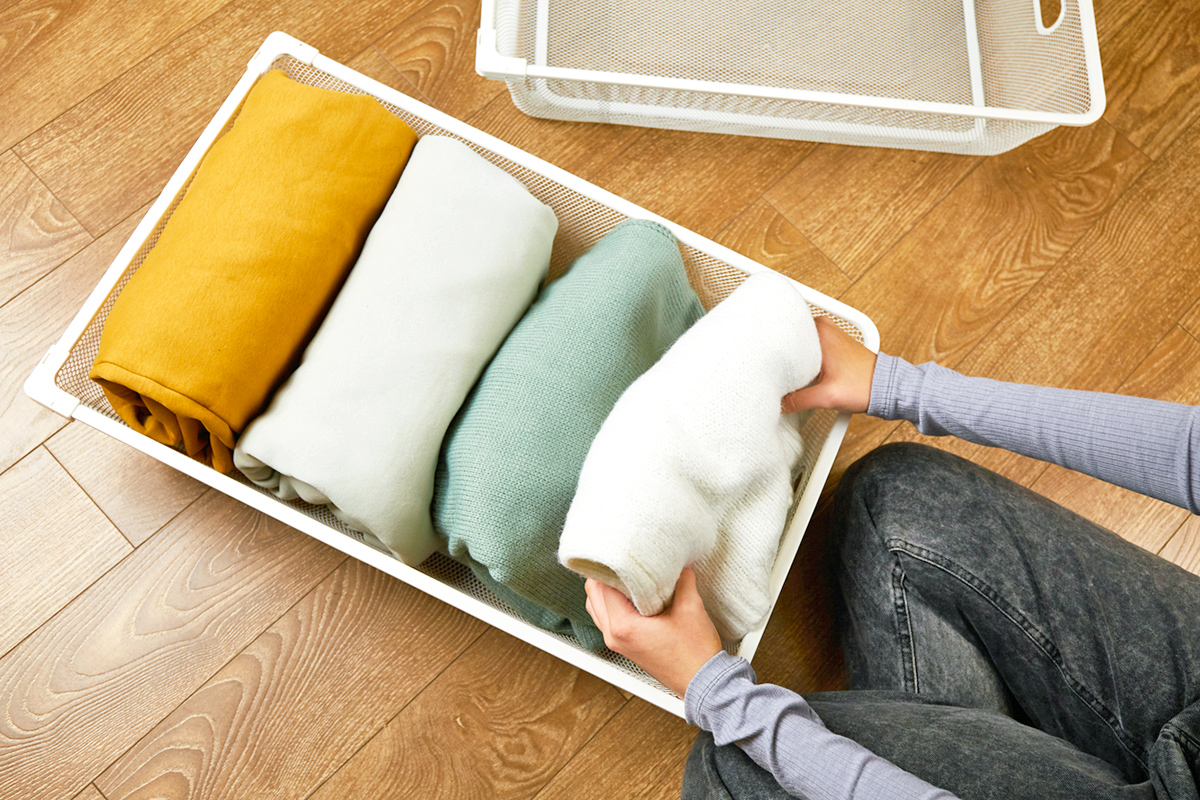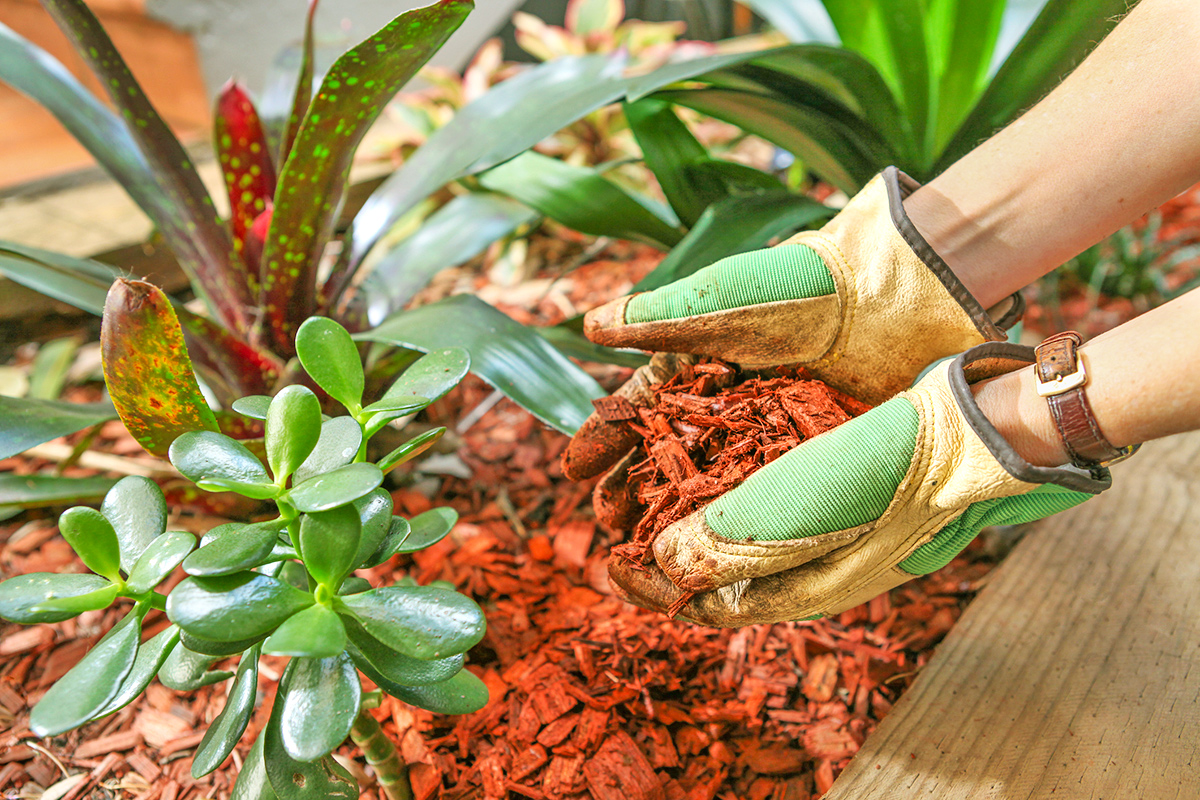The culprit of one of the most common cleaning mistakes is likely lurking in your bathroom. Look to the side of your toilet. You found it: the toilet bowl brush.
Toilet brushes and their caddies are a common fixture in most bathrooms. What you may not realize is this seemingly benign brush can be the cause of germs, mold, and perhaps that mystery smell you’ve been trying to identify, too. It’s not just gross; it’s a potential health hazard.
Don’t throw your toilet brush away just yet, though — it’s crucial for a clean, sanitized toilet bowl. The problem arises if you’re storing a wet toilet brush in its caddy. That’s basically asking for bacteria growth and unpleasant odors, which thrive in moist environments.
How To Keep Your Toilet Brush Germ-Free
Imagine you’ve just cleaned your toilet and are wielding a wet toilet brush in your hand. If you can’t put it back in its holder yet, where should it go? It’s simple: Air-dry the brush by wedging the handle between the lowered seat and the rim of the toilet for at least an hour.
Once it’s dry, you can return the brush to its container. This keeps bacteria at bay. It also helps you get more cleaning mileage out of your toilet brush. Plan to replace your toilet brush at least twice a year regardless.
How To Clean Your Toilet Brush
Your toilet needs to be cleaned regularly, and so does your toilet brush. (And no, a swirl through clean toilet water doesn’t cut it.) Be sure to wash your toilet brush at least once every couple of weeks. To do so, spray the brush head with 3% hydrogen peroxide, a powerful antibacterial disinfectant that helps eliminate odors. Let the brush sit for 10 minutes to allow the chemical to work, then rinse and air-dry it. Don’t forget to clean the brush holder too. So long, bacteria!















